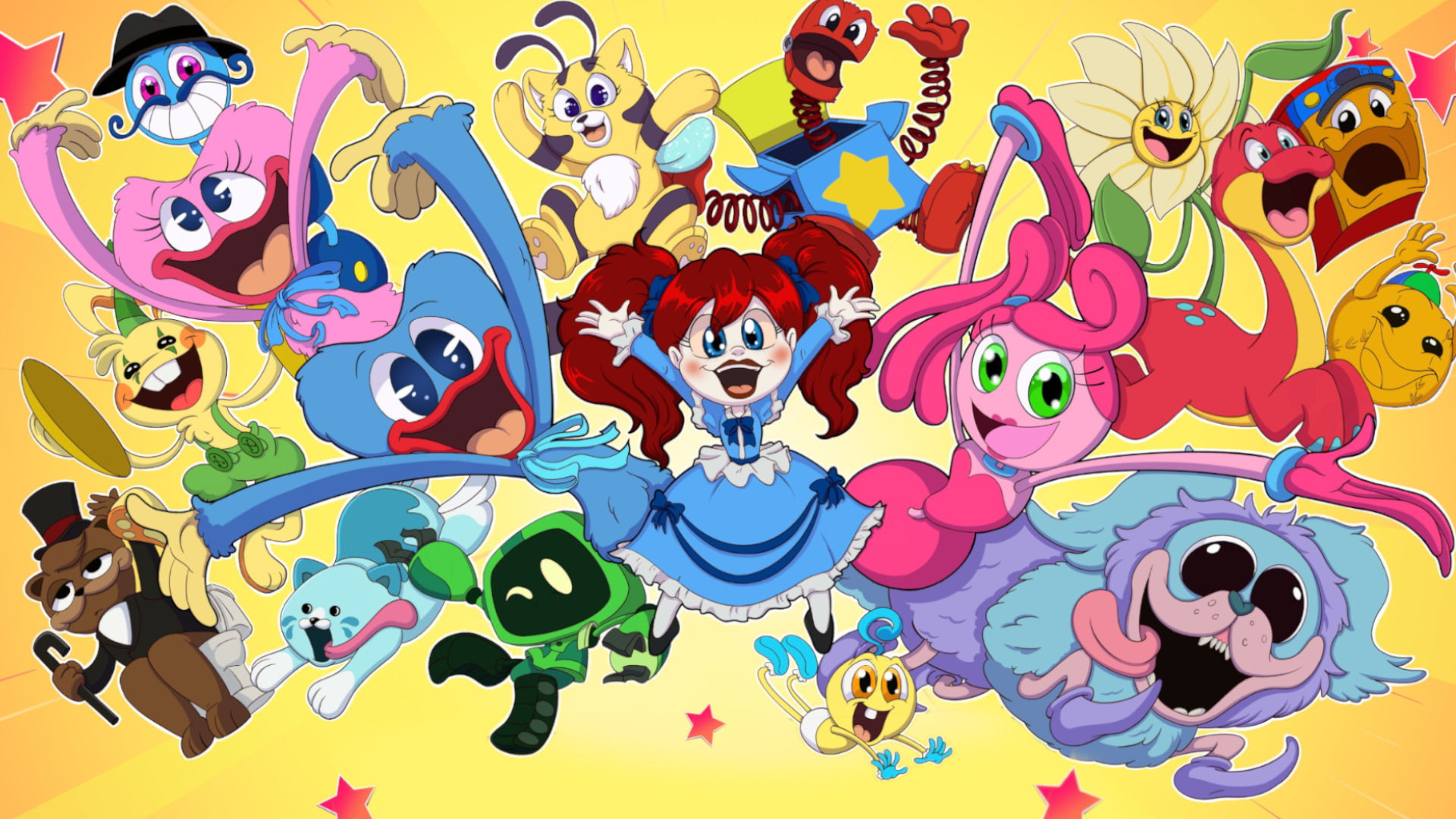Your girlfriend was amazing chapter 9 – Delve into the captivating world of “Your Girlfriend Was Amazing” Chapter 9, where love, loss, and redemption intertwine in a symphony of emotions. Join us as we explore the intricacies of this chapter, uncovering the motivations, actions, and profound themes that lie within.
Through a detailed summary, we’ll trace the key plot points and character developments, unraveling the complexities of the main characters. We’ll delve into the use of symbolism and metaphors, dissecting the underlying messages and themes conveyed through this poignant story.
Plot Summary and Character Analysis
:max_bytes(150000):strip_icc():focal(739x289:741x291)/Noor-Alfallah-Al-Pacino-tout-053123-d08287173c4847248567743c8c5a473f.jpg)
Chapter 9 of the story takes a dramatic turn, escalating the conflict between the protagonist and his girlfriend. The chapter opens with the protagonist confronting his girlfriend about her secretive behavior and the cryptic messages he discovered on her phone.
Protagonist’s Motivation and Actions
- Driven by suspicion and concern, the protagonist confronts his girlfriend, demanding an explanation for her behavior.
- He is determined to uncover the truth, even if it means potentially damaging their relationship.
- His actions stem from a combination of love, loyalty, and a need for clarity.
Girlfriend’s Motivation and Actions, Your girlfriend was amazing chapter 9
- The girlfriend initially evades the protagonist’s questions, claiming that she needs time to process her thoughts.
- She appears distant and withdrawn, leading the protagonist to believe that she is hiding something significant.
- Her reluctance to be open and honest creates tension and distrust between them.
Key Plot Points
- The protagonist confronts his girlfriend about her secretive behavior.
- The girlfriend evades his questions and appears distant.
- The tension and distrust between them escalates.
- The chapter ends with the girlfriend leaving the apartment, leaving the protagonist alone and uncertain about the future of their relationship.
Symbolism and Themes

Chapter 9 of “Amazing” employs symbolism and metaphors to convey profound themes and messages. These literary devices enrich the narrative, allowing readers to delve deeper into the emotional and psychological landscapes of the characters and the story itself.
Symbolism
The shattered mirror in the abandoned house symbolizes the fragmented and broken state of the protagonist’s life. Its jagged edges reflect the deep wounds and scars that have left her feeling lost and disconnected.
The storm that rages throughout the chapter represents the emotional turmoil and inner struggles faced by the characters. The howling wind and pounding rain mirror the intensity of their pain, fear, and uncertainty.
Themes
The chapter explores the theme of love through the complex relationship between the protagonist and her former lover. Their past connection, now strained and fractured, serves as a reminder of the bittersweet nature of love and the challenges of moving forward.
The theme of loss is woven throughout the chapter as the protagonist grapples with the loss of her relationship, her sense of self, and her dreams. The abandoned house, a physical manifestation of loss, becomes a poignant symbol of the emotional void she feels.
Finally, the chapter touches upon the theme of redemption. Despite the pain and loss she has endured, the protagonist finds a glimmer of hope and a chance for a new beginning. The sunrise at the end of the chapter symbolizes the possibility of healing, renewal, and the dawn of a brighter future.
Literary Devices and Techniques
In Chapter 9, the author employs a range of literary devices to enhance the story’s impact and atmosphere.
Foreshadowing
Foreshadowing is used subtly throughout the chapter to hint at future events. For instance, the description of the “ominous clouds” gathering on the horizon suggests an impending storm that may symbolize an emotional or physical upheaval.
Flashbacks
Flashbacks are used to provide context and backstory for the present events. The protagonist’s memory of a childhood incident reveals important details about their character and motivations.
Imagery
Vivid imagery creates a sensory experience for the reader. The author’s use of descriptive language evokes the sights, sounds, and smells of the setting, immersing the reader in the story’s world.
Comparison to Other Works

Chapter 9 of “Your Girlfriend Was Amazing” can be compared to several similar works of fiction and non-fiction. Some of the most notable comparisons include:
In terms of themes, Chapter 9 shares many similarities with other works that explore the complexities of love, loss, and grief. For example, the novel “The Fault in Our Stars” by John Green also deals with the themes of young love and the challenges of facing terminal illness. Both works explore the idea that love can be both beautiful and painful, and that it can have a profound impact on our lives.
In terms of characters, Chapter 9 features a number of well-developed and relatable characters. The protagonist, a young man named Adam, is a complex and flawed character who is struggling to come to terms with the loss of his girlfriend. He is both grieving and angry, and he lashes out at those around him. However, he is also capable of great love and compassion. Other characters in the novel, such as Adam’s friends and family, are also well-developed and play important roles in the story.
In terms of writing style, Chapter 9 is written in a clear and concise prose style. The author uses simple language to convey complex emotions, and he does so in a way that is both moving and thought-provoking. The novel is also well-paced, and it keeps the reader engaged from beginning to end.
Overall, Chapter 9 of “Your Girlfriend Was Amazing” is a well-written and thought-provoking work of fiction that can be compared to several other similar works of fiction and non-fiction. The novel’s themes, characters, and writing style are all well-executed, and the story is both moving and thought-provoking.
Final Review: Your Girlfriend Was Amazing Chapter 9
As we conclude our exploration of “Your Girlfriend Was Amazing” Chapter 9, we reflect on the profound impact it leaves upon us. The chapter’s exploration of love, loss, and redemption resonates deeply, inviting us to contemplate our own experiences and emotions. Whether it evokes a sense of nostalgia, hope, or introspection, Chapter 9 serves as a poignant reminder of the complexities and beauty of the human experience.
FAQ Insights
What are the main themes explored in Chapter 9?
Love, loss, and redemption are the central themes that permeate Chapter 9.
How are symbolism and metaphors used in the chapter?
Symbolism and metaphors are woven throughout the chapter, enhancing the depth and emotional resonance of the story.